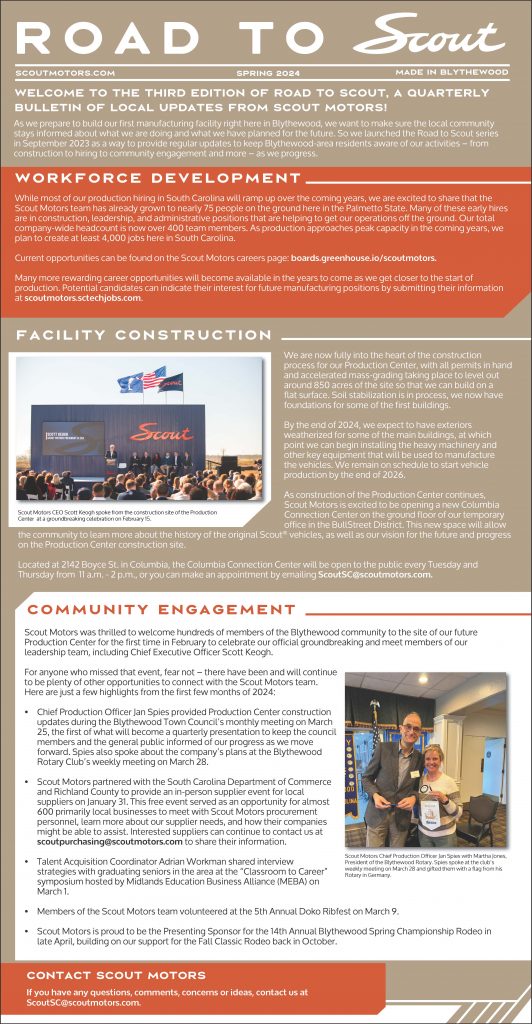If 2017 is bookmarked in history it will be as the year of reassessment. During the year we’ve been urged to reassess the meaning of “sexual harassment.” We’ve been urged to reassess what is “normal” conduct for a President of the United States. And, sometimes with violence we’ve been confronted with a reassessment of those who are honored by statues and monuments in public places.
Former reporter Sid Bedingfield, now Dr. Sid Bedingfield, an assistant professor of journalism and mass communication of the University of Minnesota provides a timely and solidly researched book on the role of newspapers in South Carolina during the civil rights movement and the white backlash to that movement. The book, Newspaper Wars Civil Rights and White Resistance in South Carolina, 1935-1965, examines the emergence of a black newspaper, the Lighthouse and Informer, as a leading weapon in the effort by the NAACP to gain a role for African Americans in 20th Century political life in South Carolina.
The other side in the newspaper war was fought by the white press, led principally by William Watts Ball, Thomas R. Waring, Jr. and William D. Workman, Jr. through the News and Courier in Charleston. In today’s context all would be characterized as racists and white supremacists. In their period, they were merely typical of white South Carolinians in attitude, although their ability to communicate their views was far from typical.

Bender
Bedingfield traces the confrontation between the black activists and white resisters with profiles of the principals in the battle. On the side of the NAACP there was Columbia activist Modjeska Monteith Simkins, Lighthouse and Informer editor John Henry McCray, the African American citizens who risked lives and property to participate in suits challenging unequal pay for teachers, inadequate facilities and resources for black schools and the exclusion of African Americans from voting in the Democratic Party primary with appearances by famed civil rights lawyer and later United States Supreme Court Justice Thurgood Marshall.
Arrayed against the civil rights movement in an effort to maintain white control of South Carolina life were the editors Ball, Waring and Workman and the entire South Carolina political establishment led by Strom Thurmond, James E. Byrnes, Cotton Ed Smith and Olin Johnston.
The only newspaper in the state not standing with the white resistance movement was The Florence Morning News under the leadership of editor James A. Rogers who, in his initial editorial stated his aim was “to publish a liberal, progressive newspaper.”
Bedingfield charts the shifting political alignment in South Carolina from the 1948 Dixiecrat campaign of Thurmond through the 1952 Eisenhower campaign where white voters were encouraged to vote for a Republican candidate for the first time since the Civil War, and on to the development of the South Carolina Republican party as the white persons’ party. The route from 1948 to the present was shaped by newspapers and their editors who developed and advanced a political vocabulary substituting “states rights” and “economic conservatism” for the more blatant racist language of the state’s political past.
Over the course of the political realignment the line between “objective” news coverage and propaganda was blurred, particularly by Workman who acted as a political advisor and consultant while serving as a statehouse reporter. Ball and Waring steered the news content of their paper to reflect their views that African Americans were inferior to whites—sometimes expressing a paternalistic view while on other occasions demanding that the members of the race be kept in their place.
Newspaper Wars is not a comfortable book to read if one is willing to reassess South Carolina’s past and the roles our newspapers and political leaders played in an effort to rollback the gains of Reconstruction and resist the decisions of the United States Supreme Court in the areas of education, voting, graduate education and other civil rights. Maybe that reassessment might lead one to ask why we have statues of “Pitchfork” Ben Tillman, Byrnes and Thurmond on the Statehouse grounds. Maybe one could even ask why we have monuments to those who fought to preserve slavery. Do those monuments stand in the way of the creation of the progressive and just society envisioned by Rogers in The Florence Morning News?
Newspaper Wars was published by the University of Illinois Press. ISBN978-0-252-08278-8.










